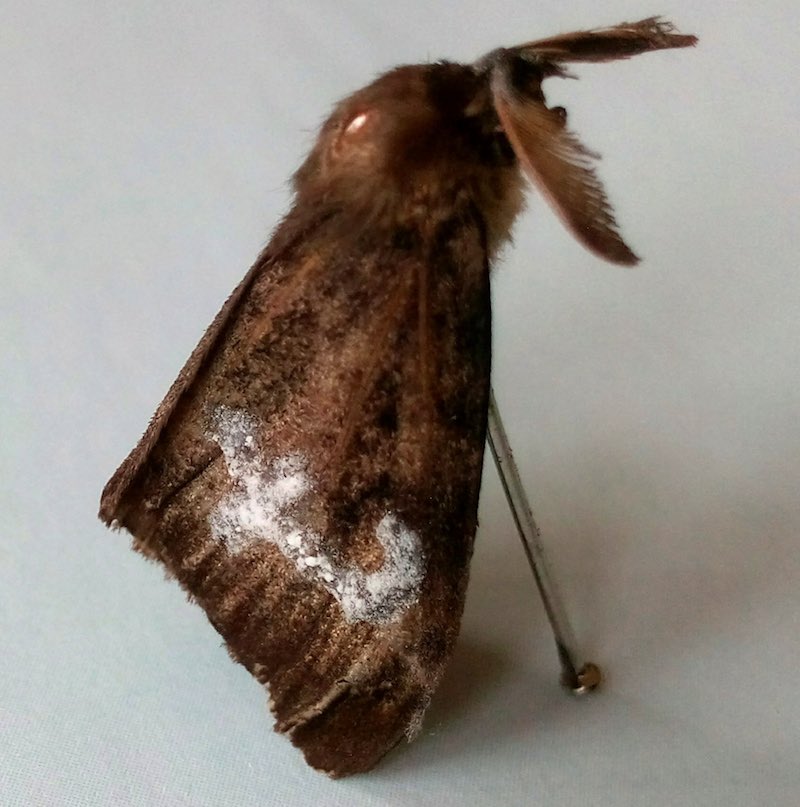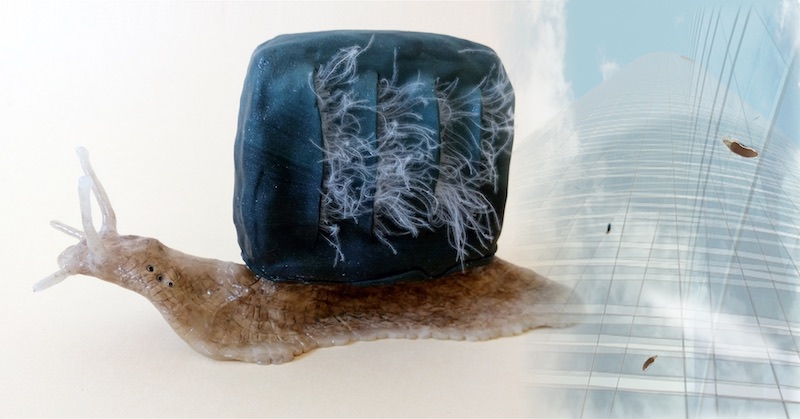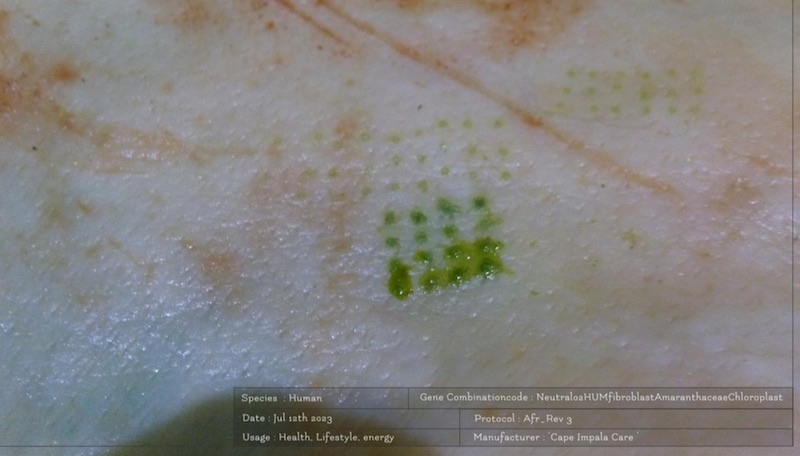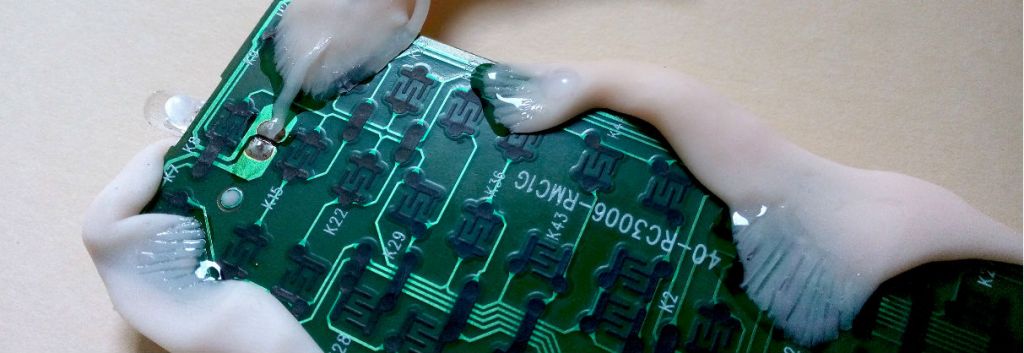Newsletter Signup - Under Article / In Page
"*" indicates required fields
Dutch designer Nicole Spit looks into the future of consumer biotech products with a series of speculative design objects being exhibited at the Dutch Design Week.
Biotechnology is already revolutionizing healthcare. Soon, it might also take over our daily lives, but are we ready for it? Designer Nicole Spit wants to make us think about the possibilities, but also about the ethical questions that come with a future that is closer than many of us realize.
“Developments in synthetic biotechnology are moving at lightning speed. We see large tech companies making huge investments in biotech. What if these companies develop commercial products using biotechnology?” says Spit.

Her vision is that in the future, products will combine electronics and living cells that communicate with each other. Much like electronics are programmed with code, cells (and the tissues or organisms they form) will be programmed by providing the instructions in DNA sequences.
Among the objects she’s created to explore this future are snails that track air pollution, living security cameras, printed organs, tattooed sensors, and VR implants.

“They give a vision of a possible future of product design under the influence of, and based on synthetic biotechnology. The objects are meant to inspire product designers and to create awareness for those that will encounter the consequences of these future products. It is possible they will use the products for their benefit, but they also have to think about releasing altered DNA in their environment and the ethics of using living products,” Spit told me.
The consequences could also extend to broadening the class divide, as bioelectronic implants and body improvements could become new status symbols.

These are issues we need to start asking ourselves now. Our capacity to read, write and modify DNA is growing exponentially, making it feasible to do things that not so long ago were pure science fiction. According to Spit, some of the objects in her collection are already feasible. Others will be in less than 10 years.
“We will use functions of the DNA code of animals, we will alter animal DNA and human DNA. We will rewrite DNA sequences. There are fantastic possibilities already, but also some things we have to think about before we use them.”
Image credits to Nicole Spit, Studio Dáárheen






